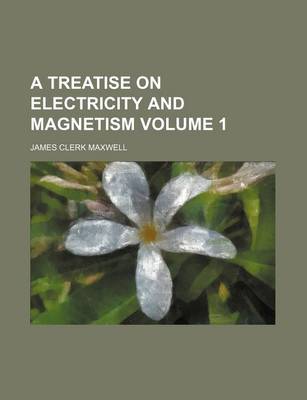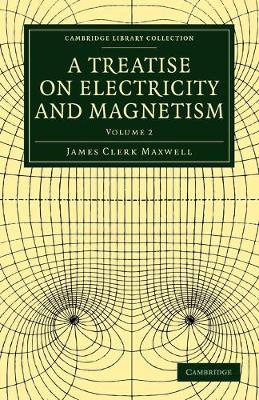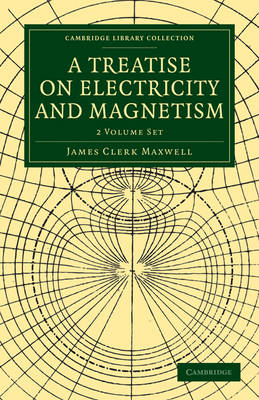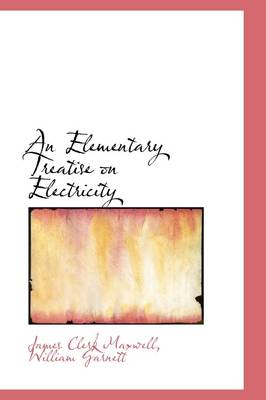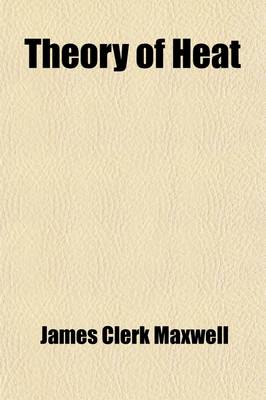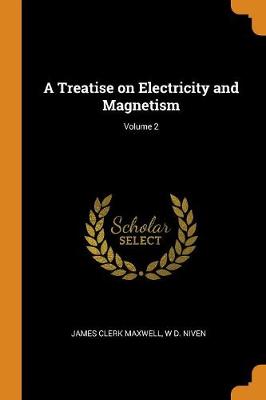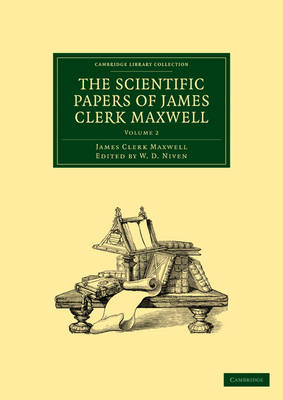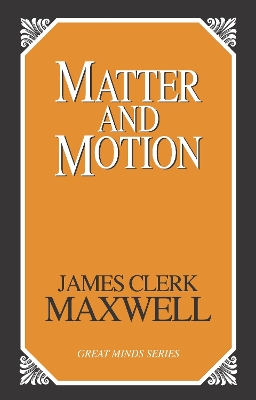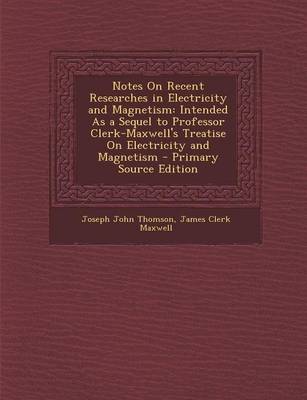Cambridge Library Collection - Physical Sciences
2 primary works • 9 total works
Volume 1
Volume 2
A Treatise on Electricity and Magnetism 2 Volume Paperback Set
by James Clerk Maxwell
A Treatise on Electricity and Magnetism; Volume 2
by James Clerk Maxwell and W D Niven
The Scientific Papers of James Clerk Maxwell: Volume 2
by James Clerk Maxwell
In seven concise and lucidly written chapters, Maxwell covers all the basic concepts of physics: time, space, matter, mass, force, momentum, velocity, acceleration, laws of motion, work, energy, gravitation, and many other ideas. This edition also includes a chapter on equations of motion from Maxwell's classic Electricity and Magnetism, plus two appendices, one on the relativity of motion and the other on the Principle of Least Action.
Complete with many useful illustrations to clarify the concepts discussed in the text, this accessible work is well suited for history of science courses or as a still-relevant introduction to basic physics for the average reader.
